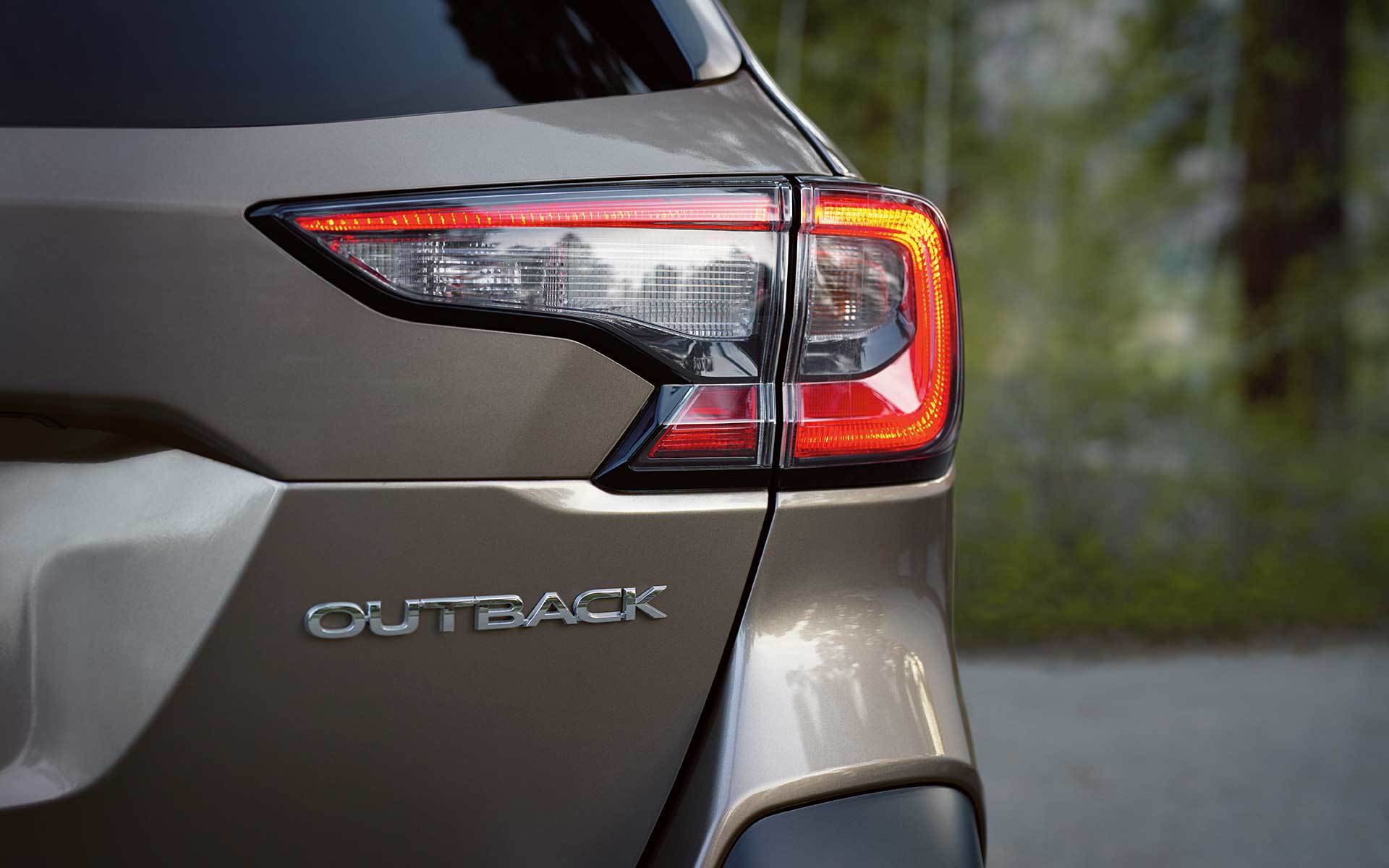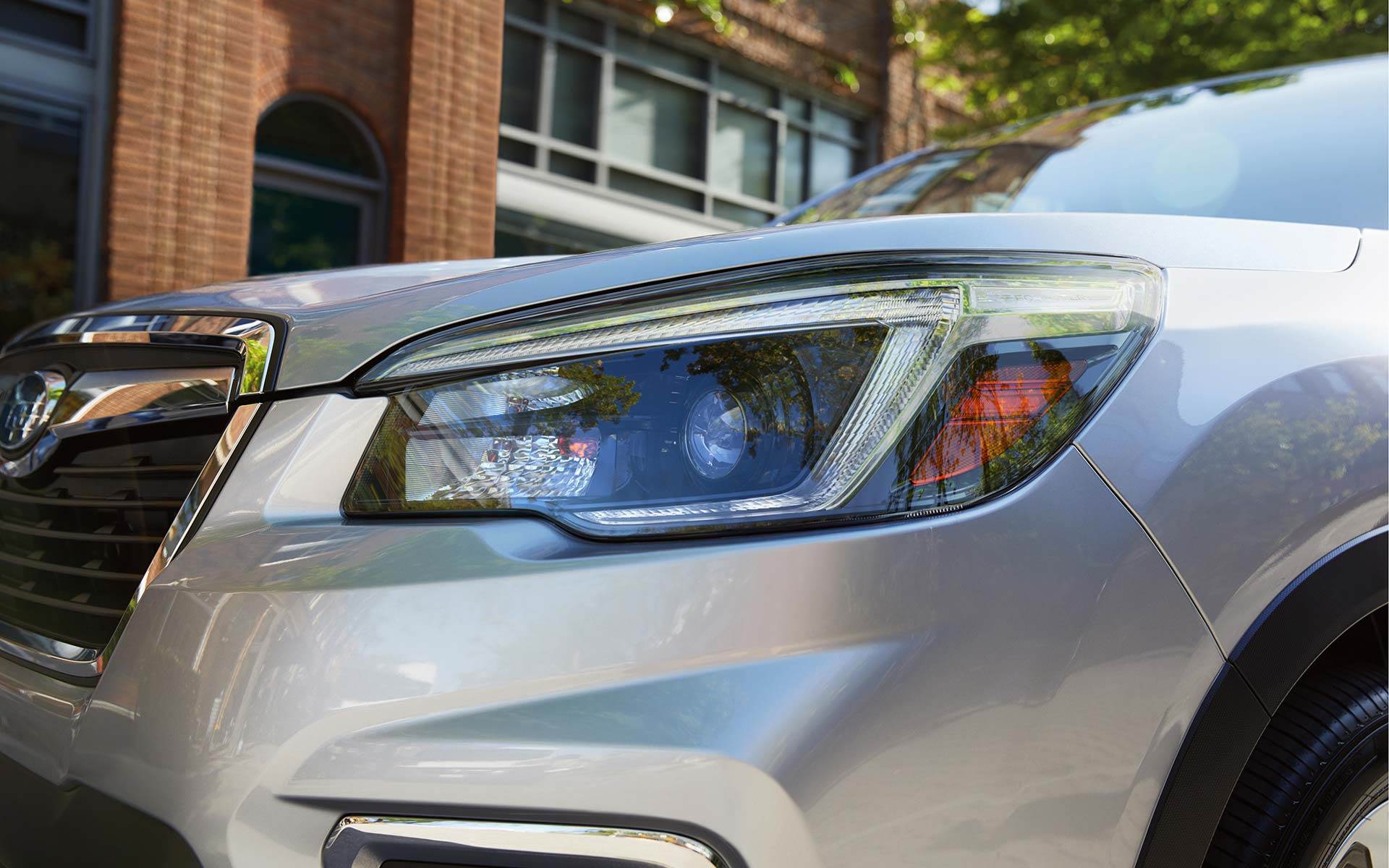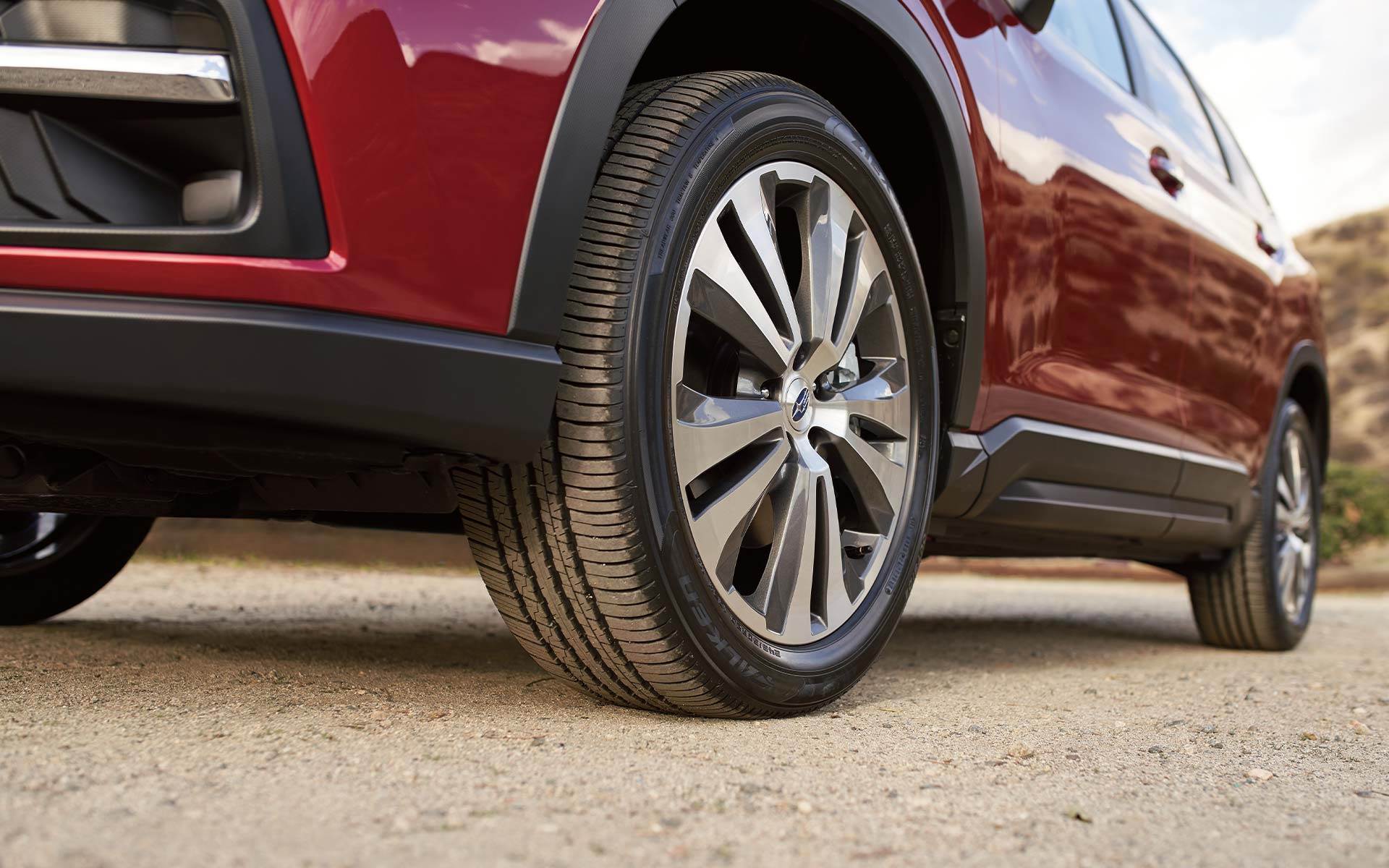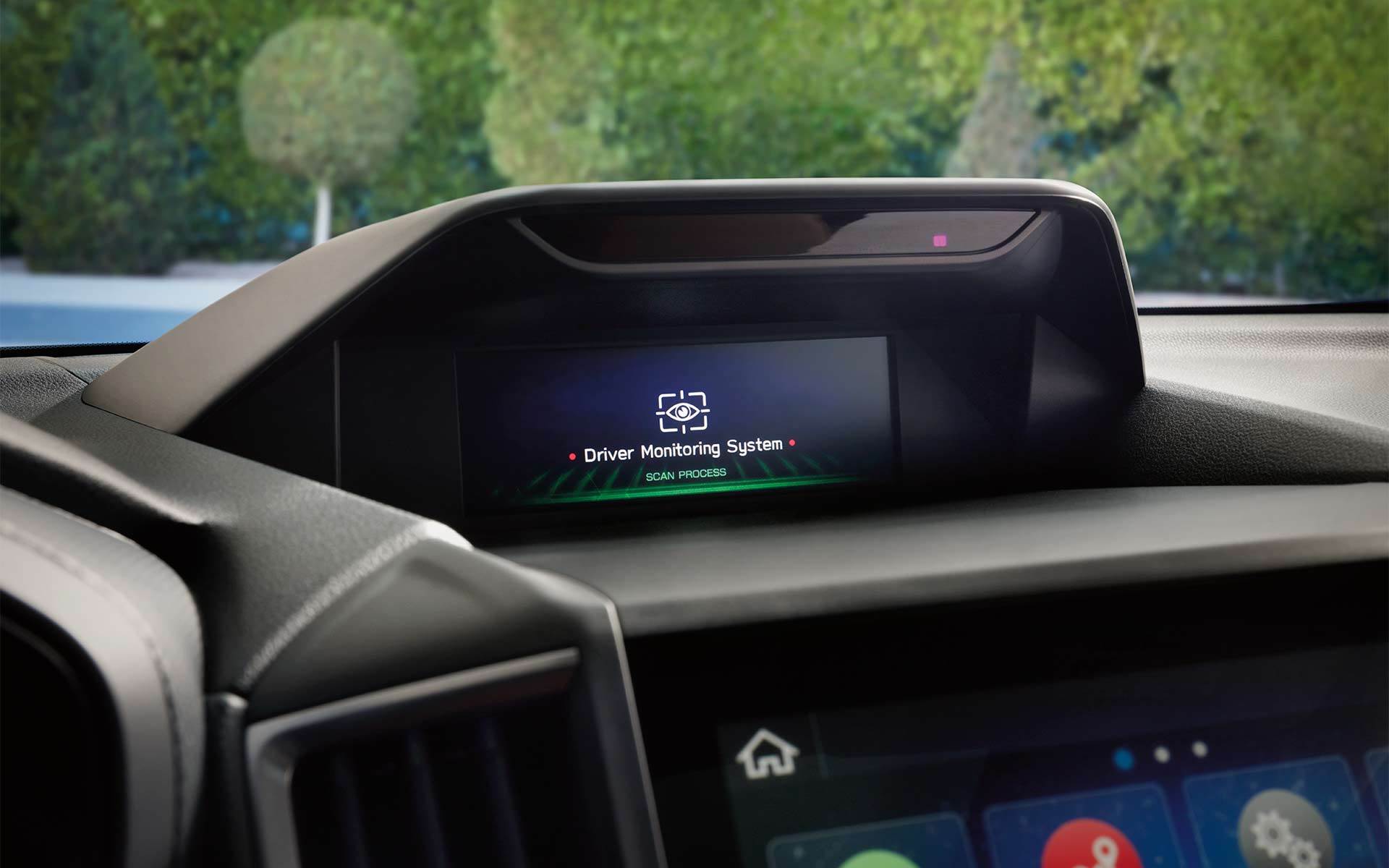
There are many reasons to love the Subaru brand. Maybe the biggest reason to love Subaru is that they’ve made safety their number one priority. Already well-known for their top-tier safety features and awards, Subaru is taking it a step further with their bold goal of zero fatal car accidents by 2030. Here’s how they’re going to do it.
Are Subaru's the Safest Cars?
Subaru has stated that their goal is to be the leader in automotive safety features with zero fatalities by 2030. But what has Subaru done that gives consumers confidence that they will actually achieve this goal? Subaru and exceptional safety have been linked since the early days of the brand, when Subaru became one of the very first vehicles in the world to be crash-tested. Since then, Subaru has been a pioneer in state-of-the-art safety features that move the industry forward and keep you safer as you drive. And Subaru has the awards to prove it: Five Subaru vehicles earned a Insurance Institute for Highway Safety (IIHS) Top Safety Pick + award, and four cars earned the Top Safety Pick designation. In fact, Subaru has more IIHS Top Safety Pick + awards than any other brand since 2013. But Subaru has never been satisfied, continuing to move forward with research and design techniques to make their cars even safer.

What are Subaru's Safety Features?
Subaru’s legendary safety record gives credence to the visionary goal of zero fatalities by 2030. Subaru’s current modes are equipped with safety features:
- Primary Safety: Subarus are designed with optimal visibility in mind so that the driver can see objects all around the vehicle that are at least one meter high - the average height of a child.
- Active Safety: Subaru’s standard symmetrical all-wheel drive and low center of gravity give their vehicles better traction and control in wet and slippery driving conditions.
- Preventative Safety: Subaru’s award-winning EyeSight driver assist technology is a key feature that will help them achieve zero fatalities by 2030. This suite of safety features uses cameras mounted to the car to detect objects. It then alerts the driver and activates mechanisms that control the car to avoid collisions.
- Protective Safety: Subaru’s global platform and passenger safety cell protect the car and passengers in the event of a collision.
What’s Included in Subaru’s EyeSight Suite of Safety technologies?
Since its introduction in 2008, Subaru’s EyeSight suite of safety features has led the industry in accident prevention and mitigation. EyeSight includes:
- Pre-Collision Throttle Management and Pre-Collision Braking: Actively reduces fuel to the engine and applies the brakes if an impending collision is identified.
- Lane Keep Assist and Lane Sway Departure: Detect and correct when the driver swerves out of their lane.
- Adaptive Cruise Control: Four presets employ automatic braking when potential collisions are anticipated in front of or behind the vehicle.
- Lead Vehicle Start Alert: Notifies the driver when a car that was previously stopped in front of them resumes driving.
By improving on the incredible safety features included in EyeSight, Subaru hopes to pave the way for zero fatalities by 2030.


How will Subaru Use Artificial Intelligence to Achieve Zero Fatalities by 2030?
Artificial intelligence (AI) is at the core of Subaru’s planned safety features to achieve zero fatalities by 2030. In 2016, Subaru partnered with IBM to adopt a sophisticated data collection and analytics system for its safety technology, including EyeSight. The engineer who helped develop the first generation of EyeSight is leading a team that will use that data to continue to improve EyeSight and to develop two unique cutting-edge AI technologies. EyeSight X, Subaru’s newest and most advanced version of the EyeSight suite of safety features, has been introduced on the Levorg model in Japan. This new version employs stereo cameras to detect objects around the vehicle and adds a 360-degree camera not previously seen on Subaru’s past models, and four front and rear radars for object detection virtually all around the vehicle. Subaru believes that zero fatalities by 2030 is possible, and they are investing in EyeSight and AI to make it a reality.






